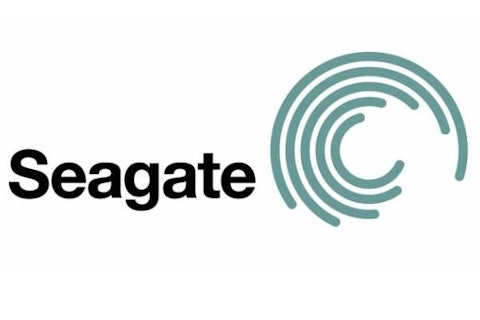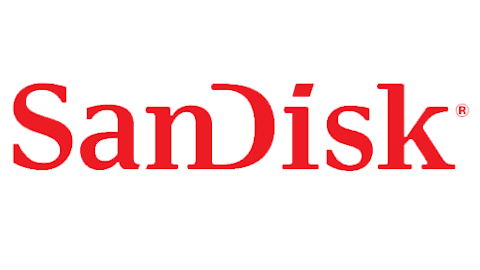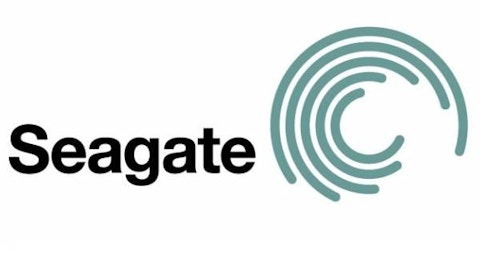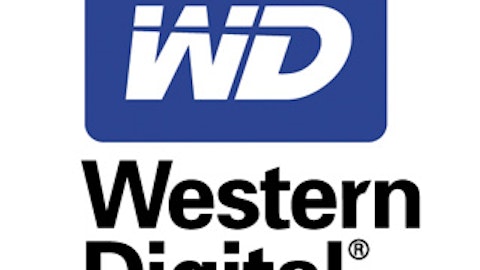I see reference to Seagate Technology PLC (NASDAQ:STX) being a value trap here and there, though I am not sure of the prevalence of this belief. It stems from the changing nature of the PC market. Since the beginning of 2013, the company has moved over 44%. The PE is still a low 7 when compared to companies that make similar amount of money and offer a similar dividend. The last time I wrote about Seagate Technology PLC (NASDAQ:STX), the PE was below 6, and it is good to see Seagate getting some interest.
Technology is moving in a direction that a hard drive maker like Seagate Technology PLC (NASDAQ:STX) might be facing some headwinds. That is probably the foundation of the value trap argument, because Seagate is one of the major HDD companies. The death of the PC market is making the widespread need for HDDs disappear. This misses the greater trend.
The cloud, QoS, backups, and scale
Data is not going away. Just because your PC does not need a great many hard drives, or can do with a small flash drive, does not mean that data has just become compact and efficient. Seagate Technology PLC (NASDAQ:STX) is not being a dilettante. It has solid state devices and hybrid drives that attempt to offer up greater speeds with traditional hard drives by having a solid state cache.
The reason that Seagate Technology PLC (NASDAQ:STX) offers the array it does is because that is what the market needs, as opposed to going all-in on solid state drives. Bulk storage is required. Not all data needs top tier access times. For the time being, SSDs cost a lot more per gigabyte compared to traditional or magnetic hard drives, and cannot get the same capacity levels. These will be solved over time, but in the mean time, Seagate offers hybrid drives that can keep costs low for capacity while offering faster speeds.
Online data is the norm now, and large amounts of storage are needed for every user out there. With a Gmail account comes a Drive account, and with an Amazon account comes a cloud drive account. Photo albums, movies, music, etc. need to be stored, constantly accessible, and backed up. Enterprises have far higher storage requirements per system than the individual user. Notebook owners might have one hard drive in their notebook and one external for storage. An enterprise might need to triple that, or even more if they have strict security protocols or sensitive data. It would be fair to say there is a massive and growing market in cloud storage.
Shallow pond
Seagate and hard drive mainstay Western Digital Corp. (NASDAQ:WDC) need to offer up something practical that companies can use now while staying ahead of the curve in research. Solid state drives are great, but they are not currently a substitute due to their shortcomings. I think the decline of the PC is an obstacle but not quite a stake to the heart. There will be robust demand from data centers of all kinds.
The recent quarter at Seagate has seen revenue and net income drop a bit, which could fuel the concerns about the company’s ability to keep growing. There is no doubt that it is in transition, but this is not exactly the best news for the company. There is a resilience to the share price because of the company’s large dividend. One data point does not make a trend and it will be some time before the true trajectory of Seagate will be known. The outlook is improving, however, so this current weakness might just be a momentary lapse.
Western Digital Corp. (NASDAQ:WDC) did not report the same decline in revenue that Seagate did, though Western Digital did see the net income drop that Seagate did. Western Digital is behind Seagate in the development of hybrid drives, and that could slow down subsequent growth as they play catch up. Western Digital will be working with flash drive maker SanDisk Corporation (NASDAQ:SNDK) to develop the hybrid solid state drives.





